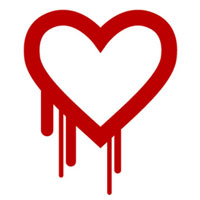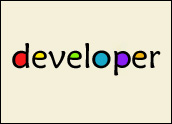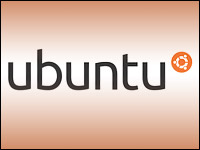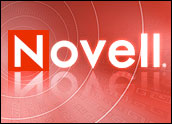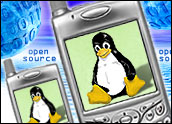
For some time there has been a drive to smooth the process of building applications over existing call platforms. Also, more and more PBX operators have been moving platforms to open source — Cisco Call Manager 5.0, for instance, is Linux based. Now the next step in developing robust open source unified communications is apparently here: an open source desktop client.
LiteScape Technologies has developed what it says is the first open source desktop client for unified communications. There is nothing in the marketplace to contradict this claim, according to Nora Freedman, senior research analyst, Enterprise Networking at IDC. “This is the first that I have seen,” she told LinuxInsider.
“In Linux world there is Asterisk — but that is focused on call control and not the desktop.”
The move in general to open source, and this development in particular, is good news for the telephony space for obvious reasons, she said: “It is allowing developers with strength in Linux to build communications enabled applications without needing a PhD in telephony.”
On the Desktop
Called the OnCast Communications Client, LiteScape Technologies’ creation is a standalone client on the desktop that supports different communications services including authentication, presence, remote call control, directory/application integration, collaboration/conferencing and broadcasting/paging.
Users are able to customize these services and embed them directly into their own unified communications applications.
That means that companies with Microsoft, Avaya or Cisco or other equipment can embed the technology directly into the client, Rod Hamlin, executive vice president of sales and marketing told LinuxInsider. “We are platform agnostic. It doesn’t matter what the company has deployed. We give companies the ability to take native open source client functionality and use it with any of these vendors.
“Organizations are now able to unify business applications, presence systems, collaboration solutions and IP telephony systems in one unified communications solution.”
The technology sits on the server, Hamlin explained. “We don’t want to compete on the client side. By providing the client as open source we have made it so systems integrators like IBM can take this and build LiteScape functionality into, for example, the Microsoft client.”
White Labeling the Functionality
LiteScape is working with several large systems integrators and service providers to develop both on-site and hosted unified communication applications for their customers.
Also, Hamlin said, several large service providers in the telecom space in Europe and North America have white labeled the technology to build their own client-based unified communications product offering for small and medium-sized businesses that they plan to introduce in a hosted service model.
“That is what this code gives them the ability to do. We are not a body shop — we don’t want to do large custom applications. We provide the core tech and are happy to let organizations make money off of it,” Hamlin stated.
Other potential use cases include providing access to multiple corporate directories, presence information and click-to-call functions from an adjacent IP phone from a single interface, according to Kayvan Alikhani, executive vice president of product development and management at LiteScape. Another is to use the OnCast Communications Client to integrate this functionality into AOL Business Edition or Skype, using these as the primary interface for unified communications.
“The OnCast Communications Client gives organizations tremendous flexibility and power to transform their businesses without sacrificing functionality,” Alikhani pointed out.
Together with the Communications Client, LiteScape has also launched the LiteScape Developer Network.
This forum gives developers access to reference code samples and documentation to develop applications using the OnCast Communications Client. Developers will be able to download the LiteScape patented Multi-modal Application Platform against which they can test their applications.


